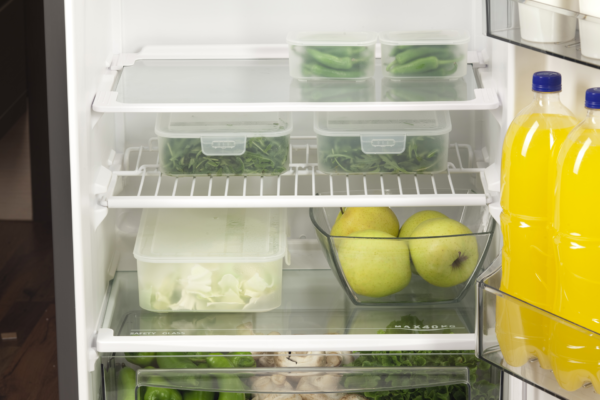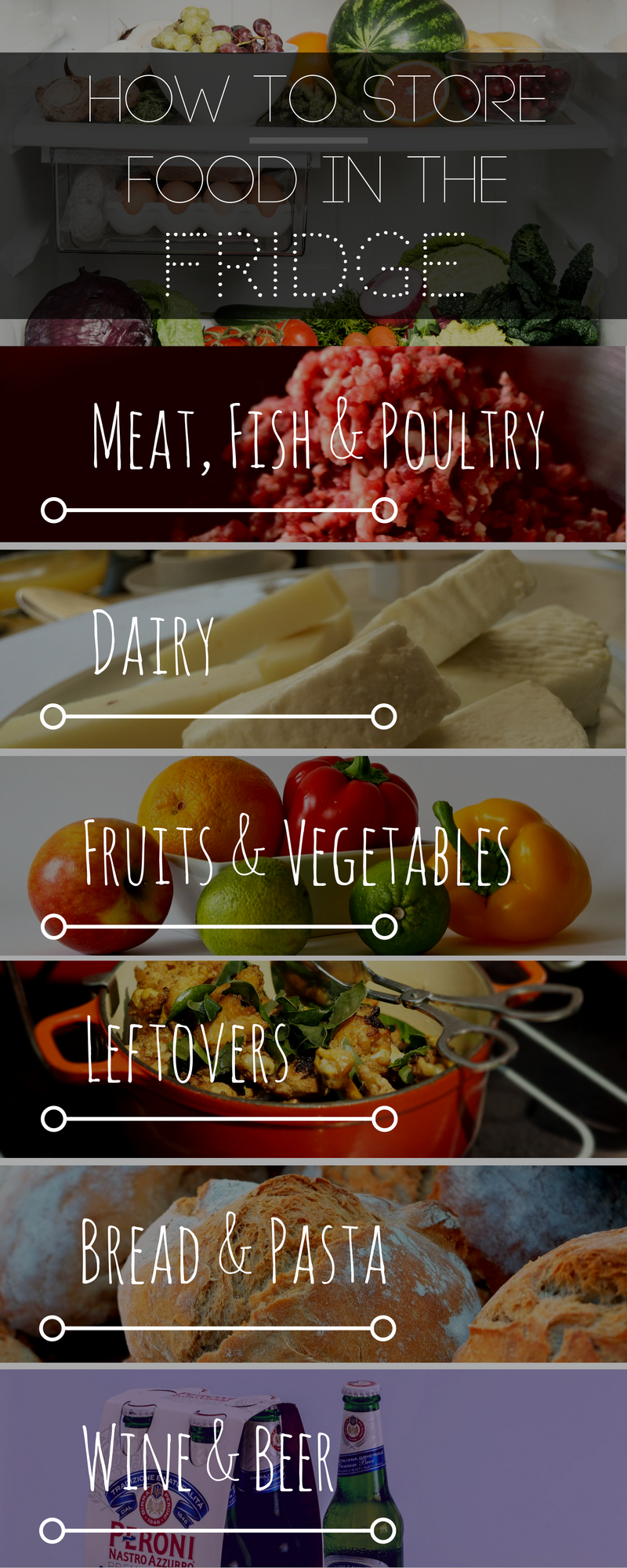
If you really think about it, a fridge isn’t just a huge box in your kitchen that keeps things cool. It’s a high-tech device that uses intelligent controls and programming to ensure that its humidity levels, light, and temperature stay at an optimal level for storing food. Pretty cool, right?
Did you know: Learning how to store different types of foods in specific areas of the fridge can help you preserve your food’s unique nutrients, plus ensure that everything in your fridge stays fresher for longer. It’s also important to take your food storage methods seriously since it can help reduce the risk of odors, contamination, bacteria, and other unpleasant food-related issues.
Ready to take your food storage game to the next level? Here’s a complete guide to everything you need to know about properly storing food in the refrigerator:
How to Store Food in the Fridge: General Guidelines
What is the best temperature for a refrigerator?
First things first, the optimal temperature for storing food in the refrigerator is below 40 degrees Fahrenheit. For many different types of foods, this cooler temperature can inhibit the growth of bacteria and help your food stay safer for longer periods of time.
Placing a food thermometer in the fridge can ensure the right temperature is always maintained while also acting as a check against any digital readout provided by the fridge itself. Simply place it on the second shelf from the top to ensure that the readout is accurate. Should the temperature rise, you can lower the temperature on the fridge or get the refrigerator checked by a technician.
What happens if a fridge is too full?
One of the biggest mistakes people make is stuffing the fridge too full. When foods, takeout boxes, or containers block the airflow, the refrigerator works harder to cool everything. This unevenness often leaves certain areas of the fridge warmer than others, which can be dangerous and lead to certain foods going bad or rotting.
How full should a fridge be?
Ideally, you’ll want to keep all the food in your refrigerator separated by about half an inch. This ensures that air can flow between the fridge spaces and maintain an even temperature throughout. Don’t place any food items against the back or sides of the fridge, either!
Related: How to Maximize Kitchen Space – 15 Ideas
How often should you clean a fridge?
For optimal food storage and safety, the refrigerator should be cleaned as it gets dirty, but a full cleaning of the sides of the fridge once every three months is recommended. To do this, take all the trays out of the refrigerator and clean them with hot, soapy water.
Because many shelves have double-walled glass, it’s important to avoid soaking shelves in water for long periods of time. If water gets in between the glass, it can promote mold and mildew growth, which can be especially dangerous near food items.
Instead, use diluted bleach to adequately kill any lingering bacteria. A good ratio is about one tablespoon of bleach for every gallon of water.
Finally, keep the refrigerator smelling fresh with an open box of baking soda on the second or third shelf. Write the date on the box, and replace it every one to three months.
How to Organize Your Fridge for Optimal Food Storage
As you probably already know, there are several compartments in a typical refrigerator. But you might be left wondering: What food goes on what shelf in the fridge? Does it matter?
Understanding how each refrigerator compartment functions and regulates temperature can make it easier to find the right place for each kind of food in your grocery haul. To help you get started, we’ve broken down each section of a typical fridge and provided a few helpful tips on how to organize your groceries accordingly:
Related: 13 Kitchen Organization Tips to Make the Most of a Small Space
Refrigerator Compartments
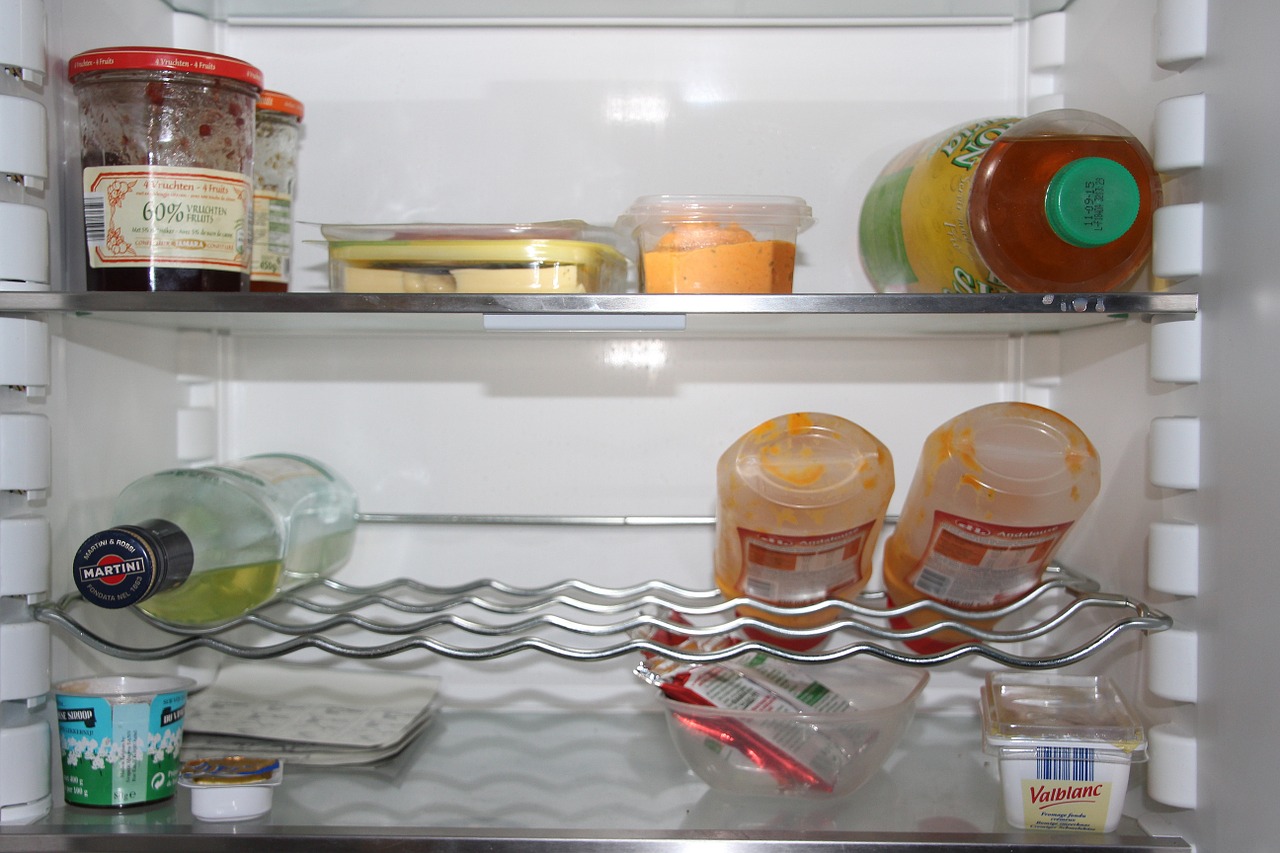
Inside the Fridge – Main Compartment
The main compartment of your refrigerator is where the bulk of the food is stored, and there are typically several shelves.
What goes on the bottom shelves of a fridge?
The lower shelves are ideal for storing raw meat, dairy, and eggs because the temperature tends to be coldest in this fridge area. The only exception would be if the fridge has a dedicated drawer for these items— in that case, it’s best to store them there since the drawers are specifically designed to maintain a consistent temperature.
What goes on the top shelves of a fridge?
On the other hand, your fridge’s top shelves are great for storing things like leftovers, prepared meals, and drinks of all kinds. Herbs can also go on the top shelves to keep them easily accessible, as they are typically used more often than other items. The upper shelves of a typical refrigerator tend to have the most consistent temperature, which is good for preventing foods that spoil quickly from going bad.
What goes in the doors of a fridge?
Most modern refrigerators have food storage sections inside the door (or doors) for convenience. Some fridges may even have pullout drawers that keep foods available and accessible without even opening the main door!
Regardless of your fridge’s specific features, the refrigerator doors are best used for foods that are best enjoyed cold. Non-perishable items like drinks, some condiments, water, and other items that don’t easily spoil should be placed here.
Can milk be stored in the refrigerator door?
It’s common to want to store milk in your refrigerator door for convenience or even to save on space in the main compartment. But in reality, you shouldn’t store perishable foods like milk here because the temperature is often unstable. This is also true of the shelving inside the fridge doors. These shelves don’t maintain a consistent temperature and are often warmer than the rest of the fridge.
What should be stored in the drawers of a fridge?
If you have a refrigerator with separate drawers towards the middle or bottom, this is where all your fruits and vegetables should get stored. As you’re putting your groceries away, it’s best to avoid putting any meat with your fruits and vegetables inside these drawers since storing them together can create an increased risk of cross-contamination.
Is it safe to store food on top of a fridge?
Generally, you should be okay to store food items on top of your fridge— with a few exceptions, of course. People often store items on top of their fridges, and it can be super helpful if you’ve got a small kitchen with little to no space for dry food storage.
Related: 6 Creative Storage Solutions for a Kitchen With No Upper Cabinets
If you’re utilizing the space on top of your fridge, placing appliances, cookbooks, and other non-food items is perfectly fine. Just make sure you never place items like wine, bread, or coffee here, since the heat from the fridge can cause them to spoil.
Storing Food in the Fridge: Cooking and Reheating Guidelines
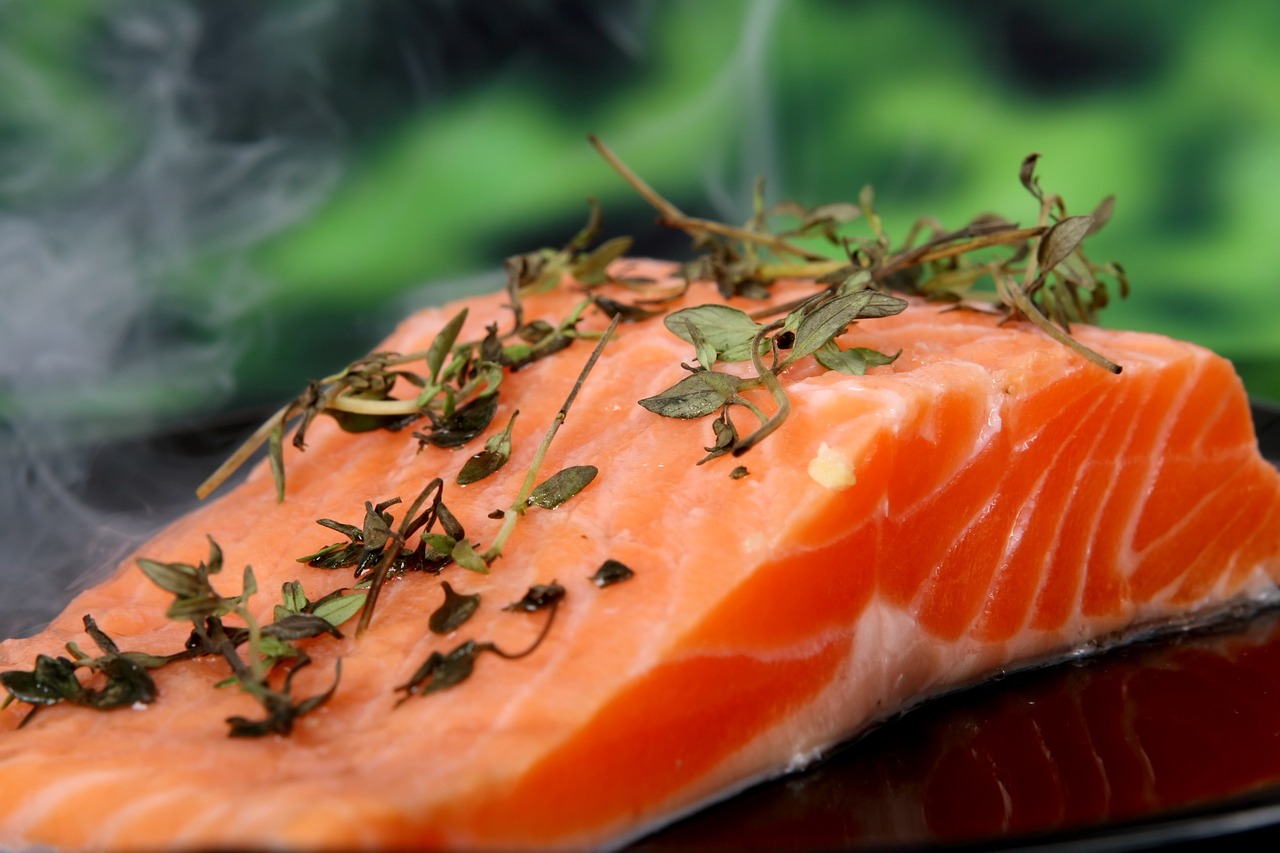
Now that you’ve got your groceries organized and put away in your fridge let’s talk about long-term food storage and safety. Specifically, we’ll go over the best ways to store (and reheat) foods like meat, dairy, and even leftovers in the fridge.
Right off the bat, it bears mentioning that it’s not possible to make unsafe meat safe to eat. This means that it’s important to only reheat food once. Always place any uneaten portions in the refrigerator right away. When food is cooked to the right temperature, it kills bacteria and potential pathogens.
Be Aware of Proper Cooking Temperatures
- Cook whole cuts of beef, pork, lamb, and veal to at least 145 degrees Fahrenheit.
- Ground beef, pork, lamb, and veal should reach a temperature of 160 degrees Fahrenheit.
- All poultry should be cooked to at least 165 degrees Fahrenheit.
How to Store Meat, Fish, and Poultry in the Fridge
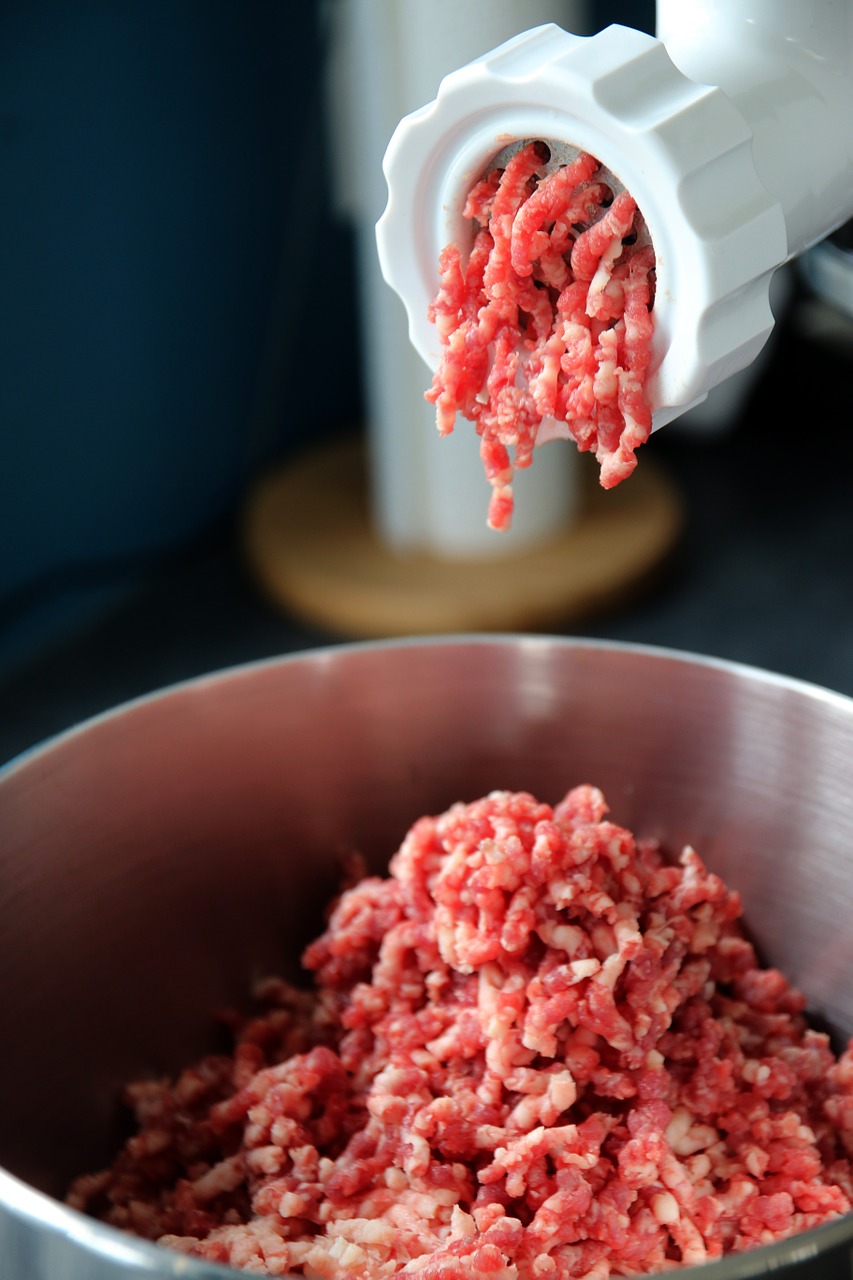
Raw meat, fish, and poultry provide some of the refrigerator’s greatest hazards to one’s health. For best results, place these items in sealable containers or a plate underneath them to ensure that any juices don’t escape. For that same reason, don’t unwrap food that has already been wrapped at the store until it’s ready to be used. Re-wrapping food that isn’t yet ready for cooking exposes it to potential bacteria and can make it unsafe to eat when it is time to be cooked. Place these foods near the bottom of the refrigerator since it’s the coolest and darkest portion of most units.
How long does meat last in the fridge?
As long as you’re planning to cook it within the next few days, meat, fish, and poultry should keep for a while, provided the refrigerator temperature stays below 40 degrees Fahrenheit. A few general food storage guidelines include:
- Raw ground meats, all poultry, seafood, and other meats can keep for up to two days.
- Raw roasts, steaks, and chops can keep up to five days.
- Cooked meat, poultry, and seafood keep for up to four days.
If meat isn’t used within a few days, it should be placed in a freezer bag with as much air removed from the bag as possible. Then, place the bags in the freezer for use at a later time.
Using a vacuum-sealed bag doesn’t prolong the life of the meat in the refrigerator, though. Bacteria already exists in meat, poultry, and fish, and sealing the bacteria in does nothing to prevent it from growing. It may prevent the introduction of new bacteria, but it’s important to still follow the spoilage schedule to prevent unsafe conditions. Write the date that the food was acquired on the bag to ensure that it’s thrown away when too old.
What is the best way to thaw frozen meat in the fridge?
To thaw a turkey or other meat product from a frozen state in the fridge, follow the guideline of letting it thaw for 24 hours for every four to five pounds. This means that a pound of meat should be thawed for about four hours before it’s ready to be cooked. Once the food thaws, it can be treated as fresh food and may be kept in the fridge using the schedule for raw meats.
How to Store Dairy in the Fridge
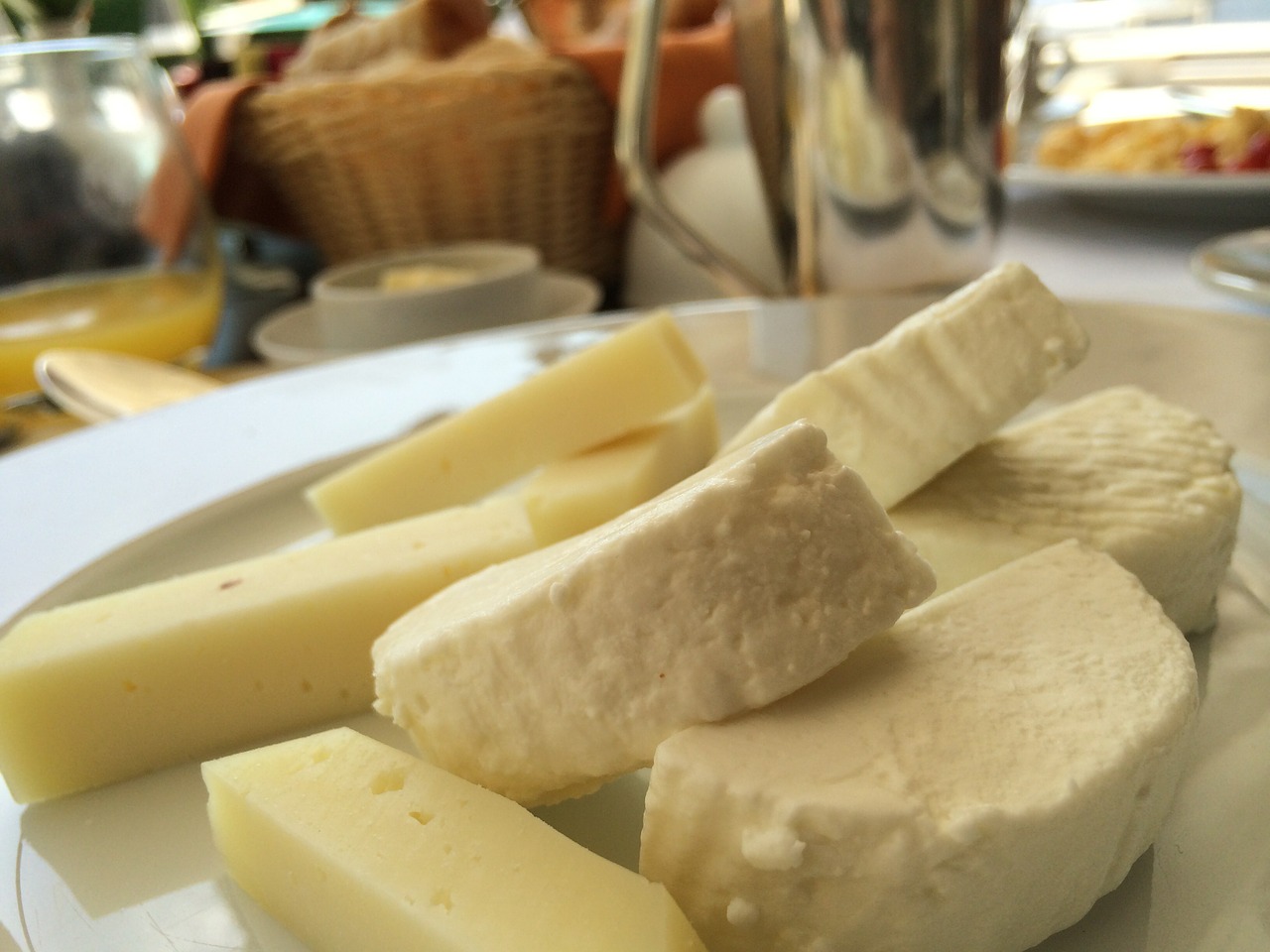
When putting away your dairy items after a shopping trip, it’s best to keep it simple and straightforward. There is no need to remove dairy products from their original wrappings. Simply keep your milk, cottage cheese, and other dairy products sealed tightly in the fridge. Once an item has been removed from its packaging, don’t return it. Instead, use plastic wrap or an airtight container to seal the food again.
Similarly, hard cheese should be kept in the original store packaging until it’s used. Once the cheese is removed from the wrapping, store it in wax paper, loose plastic, or foil. Because cheese needs to breathe, don’t worry about wrapping it too tightly. Wax paper is a good choice because it protects the cheese from the surrounding air while still allowing it to breathe a bit.
It’s also best to purchase milk in glass bottles or in a gallon, since bacteria can begin to form at the spout of a cardboard box. However, as long as the milk is used before the expiration date, it should be fine to drink.
How to Store Fruits and Vegetables in the Fridge

Many fridges come with a crisper drawer or a drawer designed specifically for fruits and vegetables, so be sure to use this drawer if it’s available. It’s okay to mix vegetables and fruits together, but since fruits and vegetables give off different gasses, it’s best to keep similar foods together. For example, don’t mix apples with carrots or oranges with spinach. Try to keep each different type of vegetable in a different drawer.
Fruits and vegetables need to be able to breathe and let off gasses. However, if the gasses get trapped, the food will rot faster. That’s why you should always use breathable bags or place vegetables in bags that aren’t sealed to ensure an optimal lifespan.
Did you know: Some fruits are actually better off purchased frozen if they are not currently in season. The belief that nutrients are lost in the freezing process and that all fruits and vegetables should be purchased fresh is not true. This is because frozen foods are typically picked at the optimal time when the nutrients are highest. Then, during the freezing process, the nutrients are locked in. Seek out flash-frozen fruits and vegetables, as other methods can result in nutrient loss.
Should I wash my produce before storing it in the fridge?
It may feel helpful at the moment but avoid the temptation to wash any produce before storing it since moisture is the death of vegetables. When using food storage bags, it’s helpful to place a paper towel around the vegetables to help capture moisture. If no bag is used, then lay down a few paper towels in the drawer to ensure that they stay fresh and free of moisture.
What fruits and vegetables shouldn’t be stored in the fridge?
Some fruits and vegetables that don’t do well in the fridge include bananas, tomatoes, potatoes, onions, and squash. Hang bananas when you can, and avoid breaking the stem when pulling one off. This helps to ensure the bananas are kept fresh longer. Potatoes, onions, and squash are best stored in a cool, dark place like a cupboard. Avocados can be placed in the fridge to slow the ripening process, but leaving them out on the counter is also fine.
How to Store Leftovers in the Fridge
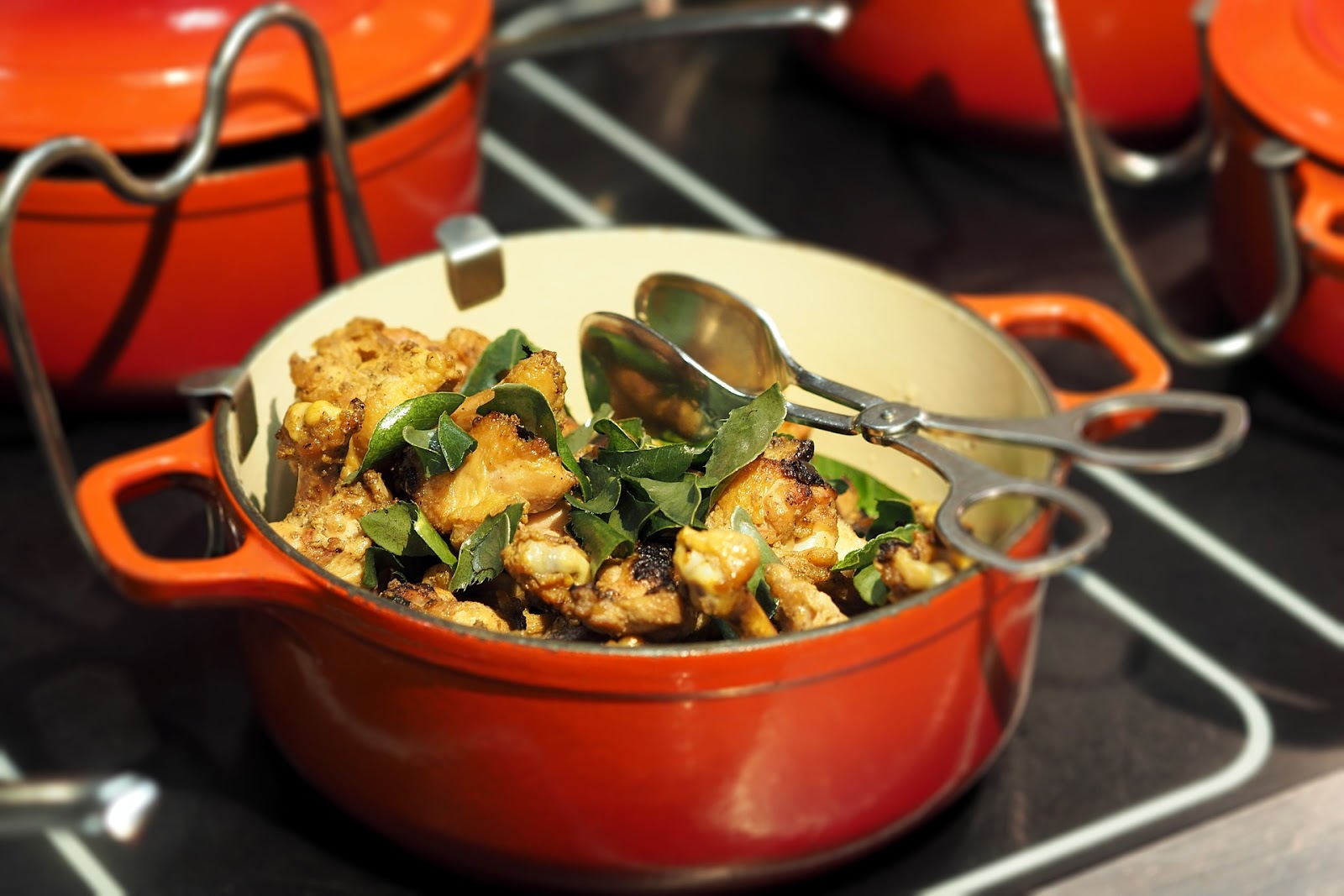
As we mentioned earlier, leftovers should be stored on the top shelves of the fridge because this is where the most consistent temperature is maintained. In addition, there are a few other guidelines for storing and using your leftovers to maintain optimal freshness and avoid the growth of bacteria.
Leftovers should be stored in airtight containers as much as possible. This helps secure any leftovers to prevent odors from entering the rest of the fridge and contaminating your other foods.
Pro tip: Break up any leftovers into smaller containers instead of placing everything into one large container. This cools the leftovers more quickly. While most bacteria are killed during cooking, some may still remain. It’s okay to eat small amounts in most cases, but this also means that there is potential for the bacteria to grow if left at room temperature. Smaller food storage containers result in faster cooling of leftovers.
While cooling leftovers prior to storing them in the fridge helps combat bacteria growth, you don’t need to wait for leftovers to fully cool down before placing them in the fridge for the night. Other foods placed below the top shelf won’t see much of a fluctuation in temperature, and within an hour or two, the temperature of the hot foods should be the same as in the refrigerator.
Finally, it’s important to leave space between any leftovers. This will ensure that the leftovers cool down properly and good airflow is maintained throughout the refrigerator. Put prepared foods into the fridge as soon as possible, and don’t leave food items out on the counter longer than two hours.
How to Store Bread, Butter, and Pasta in the Fridge
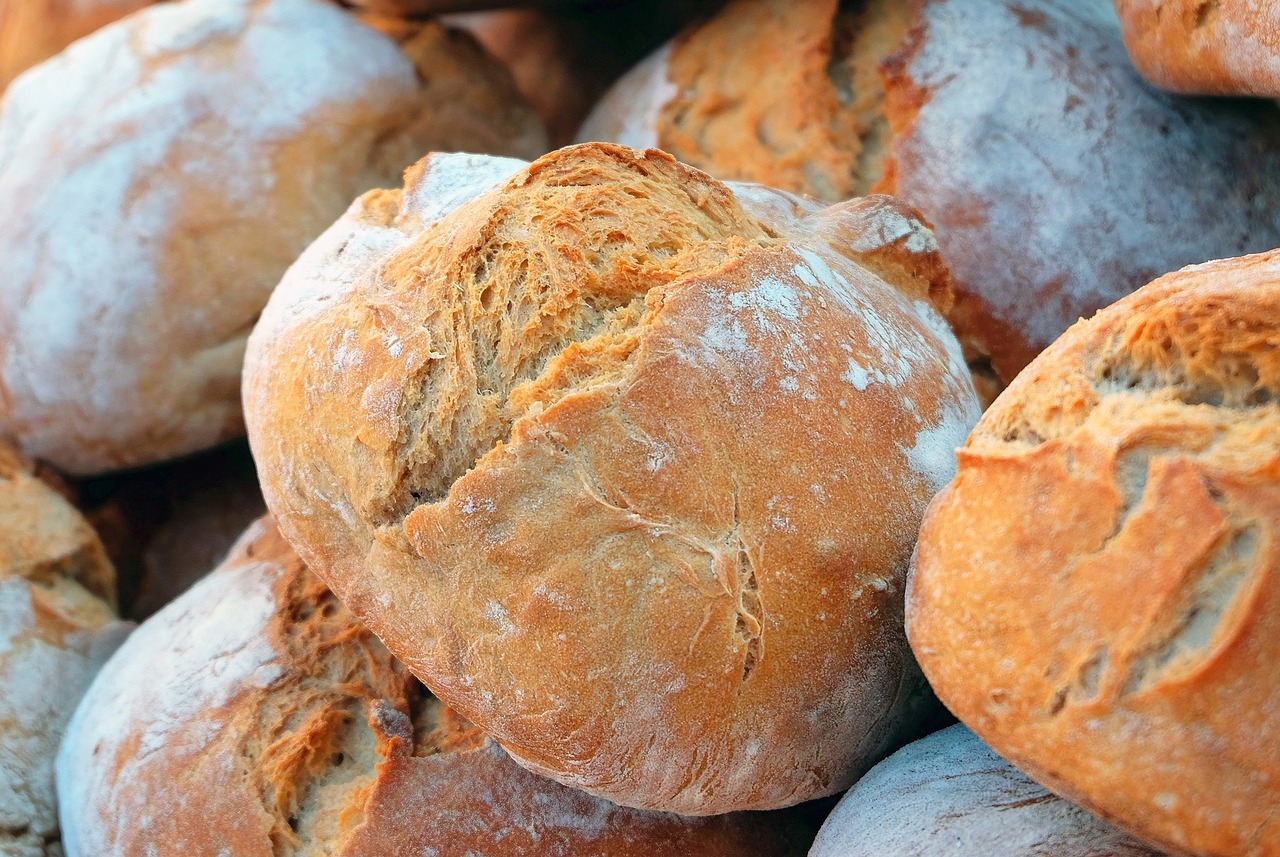
As a general rule of thumb, fresh pasta should always be refrigerated. However, dried pasta does not belong in the fridge, but in an airtight container in the pantry.
Is it better to store bread in the fridge?
Loaves of bread don’t need to be refrigerated, but the cooler environment can help prevent them from developing mold. This is especially true for people who live in a humid environment. The conditions of the refrigerator are controlled, and the cooling mechanism helps to remove some of the humidity from the air.
Blocks of butter and margarine do not need to be left in the fridge. It’s perfectly fine to leave butter on a tray with a cover. However, some butter may begin to separate when it’s not refrigerated, so it’s not a bad idea to keep butter on one of the outside shelves of the refrigerator to help maintain the flavor and taste.
How to Store Wine, Beer, and Alcohol in the Fridge
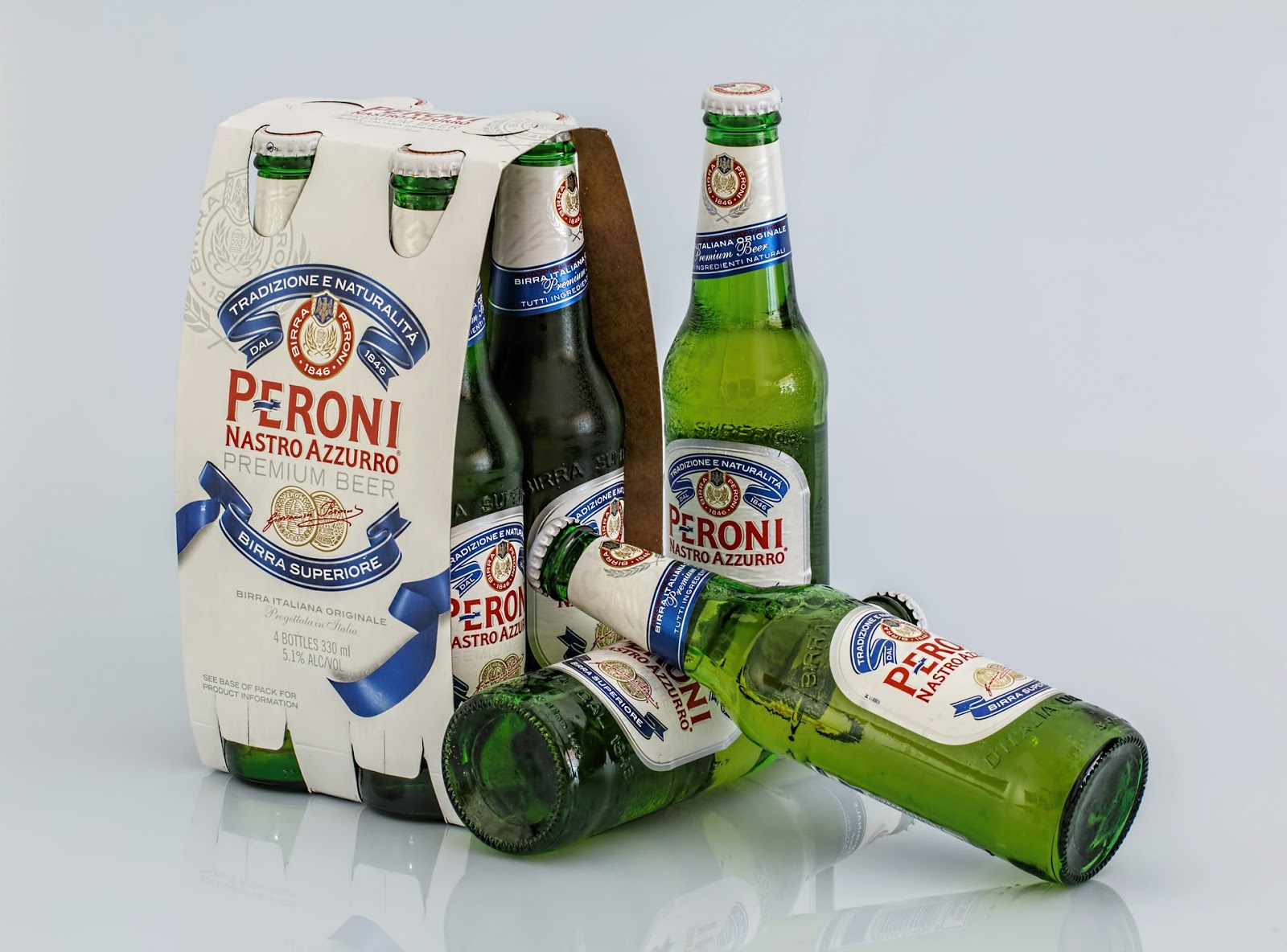
Beer can be kept in the refrigerator if you want to keep it chilled and ready for drinking. Fun fact: Adding additional cold liquids like beer to the fridge can also help reduce your energy costs by providing a buffer against changing temperatures.
White wines and drinks like Sangria can be kept in the fridge as well, but 40 degrees Fahrenheit is a bit too cold for most wines. It’s better to get a dedicated wine cooler that keeps wine at a temperature of around 55 degrees Fahrenheit, the ideal temperature for most wines.
Vodka and spirits that consist of 40 percent alcohol or higher can be kept in the freezer since the alcohol prevents the contents from freezing over. However, keeping these items in the fridge makes more sense to maintain their unique flavor profiles.
Irish cream and drinks like Kahlua don’t need to be placed in the refrigerator. The alcohol helps preserve the milk and cream, but it doesn’t hurt to keep it in the refrigerator on a side shelf if there is room. Most of these drinks are typically served cold anyway, so keeping them in the fridge makes sense.
What Are Your Preferred Food Storage Methods?
If you’re struggling with finding the best ways to store food in your fridge, hopefully, this guide gave you some helpful tips & tricks to spark some inspiration.
Food storage can be tricky, especially if you’re working with limited space. But with careful planning and time spent organizing your fridge, you can make your life a lot easier when grocery day rolls around.
Did you find this post helpful? Be sure to bookmark it for easy access to reference later!
This post was first published on 2/7/2017, was revised on 5/6/2019, and was updated on 10/13/2022 to provide new information.
